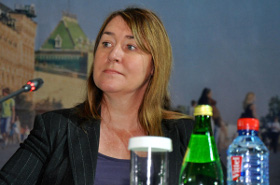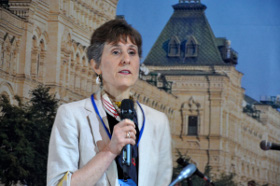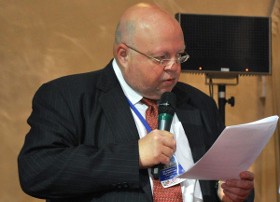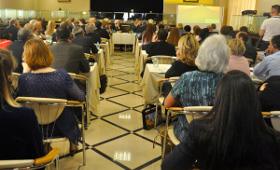CIBJO Trade Show Commission president speaks on importance of Branded Trust
Following the establishment last year of the CIBJO Trade Show Commission, participants at its meeting this year discussed how trade shows can help the work of the jewellery industry and how it can help lay out a strategic approach on the subject.
Trade Show Commission President, Corrado Facco, spoke of the need for CIBJO to get United Nations’ recognition of the Branded Trust initiative developed by Professor Donald Feaver of RMIT University, Melbourne, Australia, an expert in Corporate Social Responsibility.
Mr Facco is also the managing director of Fiera di Vicenza in Italy.
In Mr. Facco’s opinion, trade shows should provide a critical infrastructural platform for the delivery of systems that companies can implement themselves, thereby incorporating standard and certifiable CSR methods of operation in their own businesses.
The commission’s aim in general, Facco said, is to provide a common platform, develop options by which the trade can be developed, while upholding the ethics of CIBJO, which include CSR, disclosure and fair trade.
“We would like to see 1,000 companies involved in the CSR programme,” he said. “It is a voluntary initiative, but it needs to be easy to understand and effective. The added value that it can bring must also be apparent from the outset.”
Mr. Facco would like CIBJO to feature at educational seminars at shows on CSR, ethics and other issues. In addition, show organisers could be endorsed by CIBJO, as might show exhibitors, as long as they showed that they were in compliance with CIBJO’s codes of conduct.
Photo Caption: Corrado Facco, President of the CIBJO Trade Show Commission






